#Aquatilis
Video
Tomopteris sp. by Alexander Semenov
#tomopteris#polychaeta#worm#plankton#planktonic#Aquatilis#Aquatilis Expedition#blackwater#Maldives#night#underwatermacro#macro#under water#flickr#marine life
4 notes
·
View notes
Text
This is Cyanea capillata jellyfish,
who has already lost most of its tentacles - during August it is time to breed, and jellyfish stop actively hunting and feeding, throwing all their energy into reproductive production. As a rule, at this time they shrink considerably in size - all the nutrients go from the jellyfish tissues into the eggs. There is a suggestion that the tentacles are also digested for lack of use. And jellyfish, normally possessing a thick mane of thousands of tentacles, become almost bald, but no less beautiful.
by Team Aquatilis
#White Sea Biological Station#Aquatilis#Education#Underwatervideo#Underwater#Invertebrates#Whitesea#Jellyfish#Cnidaria#Cyanea#Nauticam#nature#landscape#sun#sunrise#sunset#drone#video#short clip#slowmotion#reel#reels#wanderlust#explore#travel#trip#adventure#discover
19 notes
·
View notes
Photo

Cyanea capillata by Alexander Semenov https://flic.kr/p/PLnKTx
1 note
·
View note
Photo



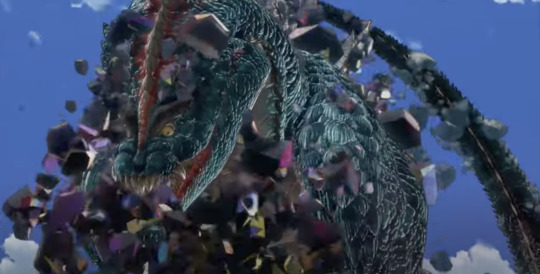
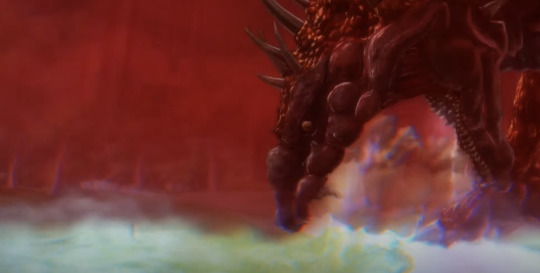



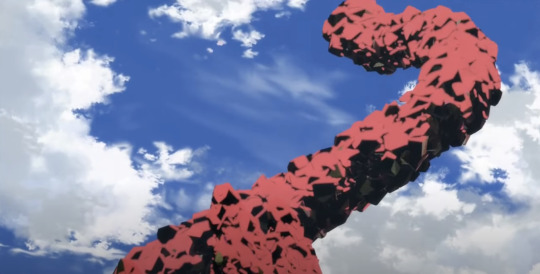

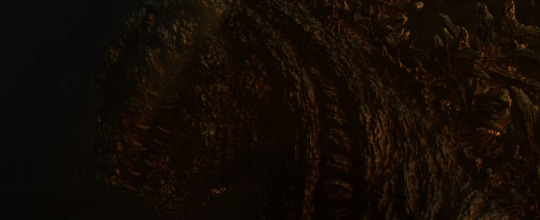


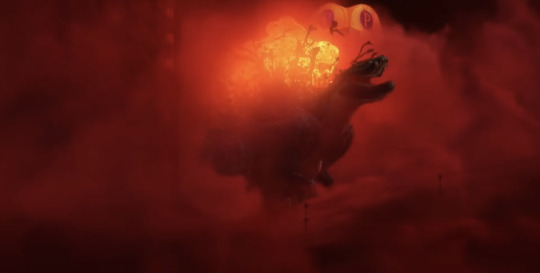


Shin Godzilla /// Godzilla Singular Point
#Shin Godzilla#Godzilla Singular Point#Godzilla Aquatilis#Godzilla Amphibia#Godzilla Terrestris#Godzilla Ultima#Kamata-kun#Shinagawa-kun#Kamakura-san
74 notes
·
View notes
Text

Sunlit Water-crowfoot
A patch of sunlight catching the small white flowers of common water-crowfoot, flowering in the water of the River Shep, at RSPB Fowlmere.
#cambridgeshire#canon#canonuk#common water crowfoot#common water-crowfoot#flora#flower#flowers#fowlmere#nature#nature reserve#outdoors#petals#plant#plants#ranunculus aquatilis#rspb#rspb fowlmere#summer#white#wildlife
9 notes
·
View notes
Text
Earth Day is for the Worms!🐛 🪱 🌎

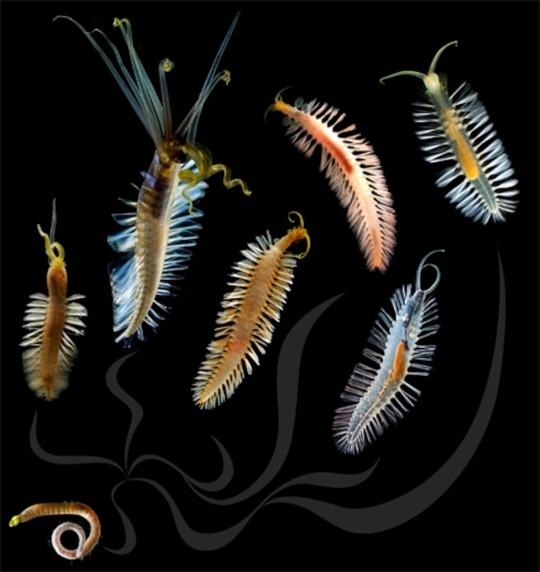


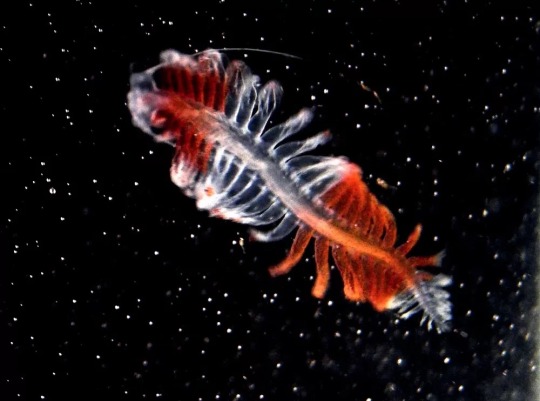
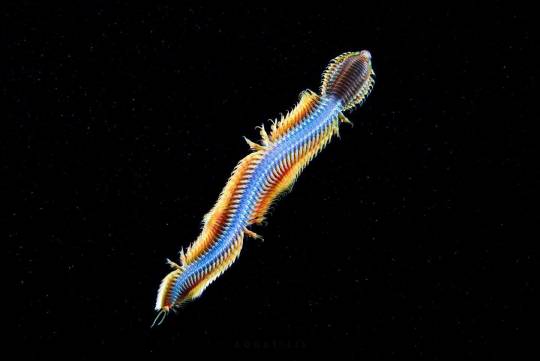
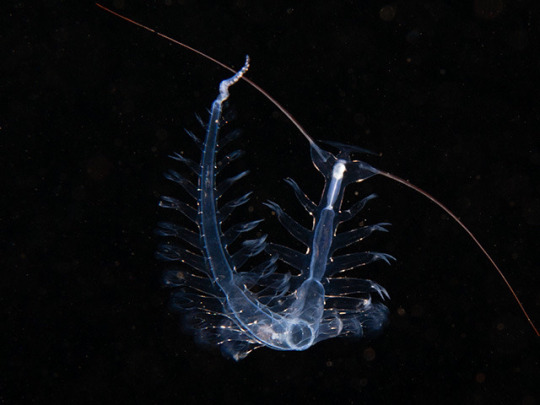


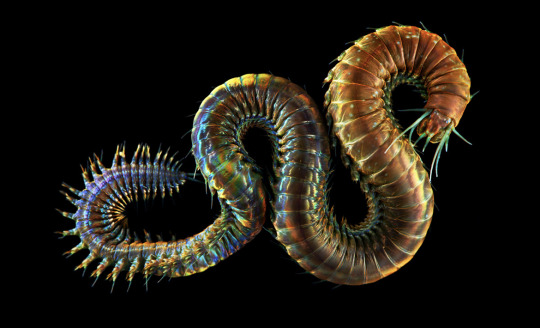
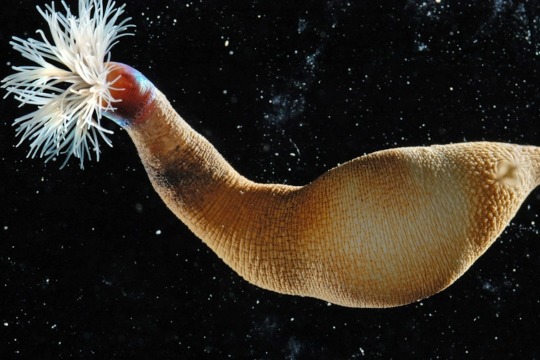


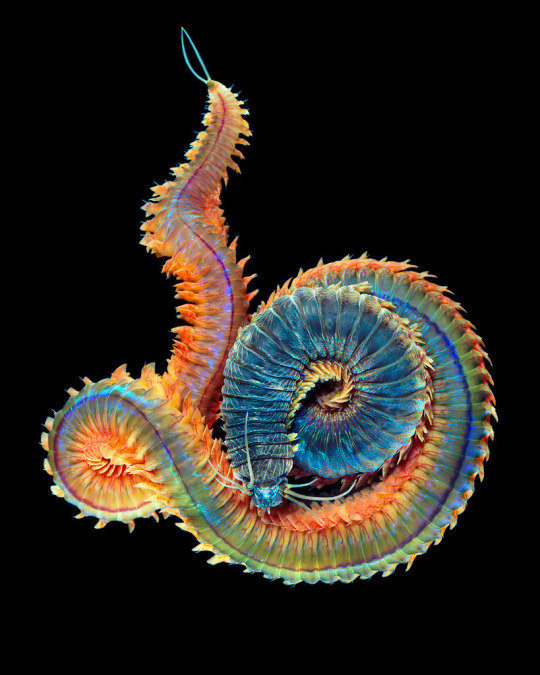
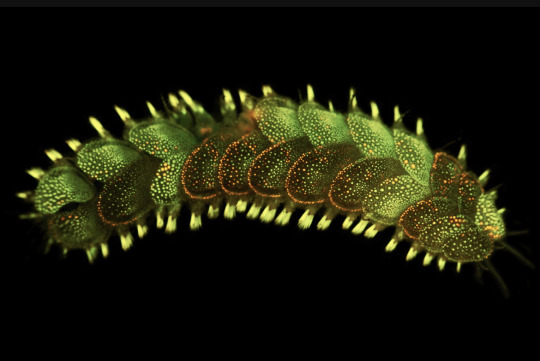
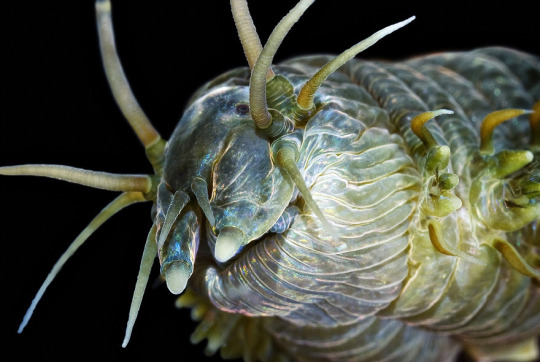


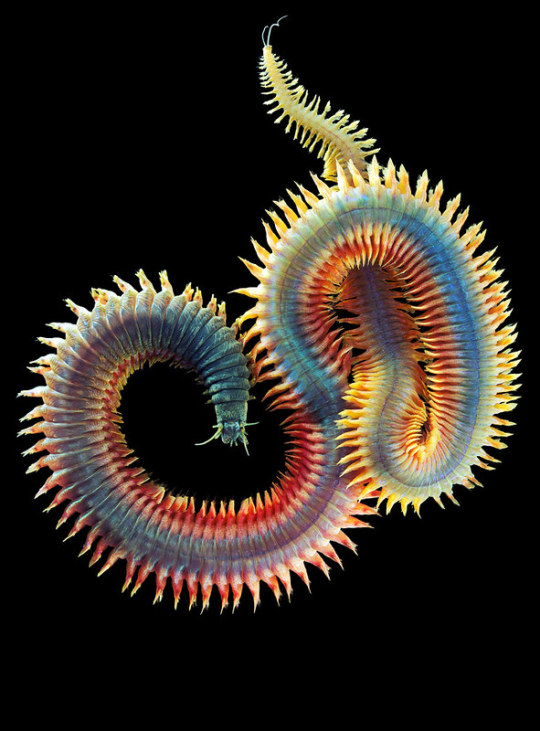
You love to sea it 🌊
📷 credit: Alexander Semenov’s Underwater Photography & Ocean Exploration Project titled «Aquatilis»
#marine biology#marine science#biology#ocean#sea#science#ocean life#marine life#sea critters#sea creatures#ocean animals#marine animals#marine worms#worms#earth day#sea life#ocean creatures#fishposting#oceanposting#fish#love to sea it#deep sea#marine creatures#oceanography#aquatic life#sea animals
2K notes
·
View notes
Photo

Beroe abyssicola via Aquatilis
#comb jelly#nature#bioluminescence#ctenophore#marine biology#jellyfish#science#beauty#marine#ocean#sea#comb jellies#ctenophora
576 notes
·
View notes
Note
Orcinus x Giants: some possible things Izuku could be, via Wikizilla:
Humanoid Cryptocledius from Godzilla: the Series
Giant Salamander, an unmade kaiju design from "Orochi, the 8-headed Dragon"
Humanoid Aquatilis Godzilla from Godzilla Singular Point
Megavolt Monsters from Hanna-Barbera Godzilla show
Sharklon from Megaloman
All excellent suggestions
16 notes
·
View notes
Text

"The arrogance of man is thinking nature is in their control, and not the other way around."
As a Godzilla fan, It should be no surprise that, at one point or another, I'd make my own incarnation of the King of the Monsters. While this took months to get done due to how I procrastinated on when to work on this project, I eventually got around to it.
And yes, for anyone wondering, my take on Goji has him be some sort of huge, mutated mosasaur that somehow survived the KT extinction. If I continue making my own takes on the other Toho kaiju, I'd imagine me basing some of them on other Cretaceous-age animals.
(Fun fact; The armored belly on this lad is a direct reference to Godzilla Aquatilis from Singular Point!)
4 notes
·
View notes
Photo


The Ydrus [medieval European folklore]
Medieval bestiaries were often filled with nonsensical creatures, a result of how far the information had to travel to reach the monks, as well as general folklore and superstitions being mixed in with actual zoology. Also, you have to factor in that several of these books contained religious allegories.
A particularly weird one is the Ydrus, the blue creature depicted above. According to the Aberdeen bestiarium, they are the natural predator of crocodiles, but they don’t engage in actual battles with the reptiles (yes, that red thing is supposed to be a crocodile).
Instead, they seek sleeping crocodiles and then enter their open mouths after having rolled their body in mud, so as to go down the reptile’s throat without much resistance.
After being swallowed, the Ydrus proceeds to devour the crocodile’s intestines from the inside-out, and then bursts out of the dead animal’s chest. The 12th century was a wild time.
The name ‘Ydrus’ (or ‘Idrus’) is derived from ‘hydrus’ referring to the aquatic nature of the creature, for these animals supposedly live in the river Nile. Hence, it is related to the well known Hydra, a dragon slain by Herakles. The Aberdeen bestiary points out, however, that this is a myth and the multi-headed dragon never existed (as opposed to the Ydrus).
It is also referred to as “Aquatilis serpens” which translates to ‘water-snake’. The snake also uses a nasty venom that makes the flesh of its prey swell up after being bitten. This condition can be cured by applying the faeces of an ox.
In medieval bestiaries, the Ydrus is consistently depicted as a dragon-like creature with a dog-like head, a very long tail, two hind legs and two feathery wings. This was the most common description of dragons in 12th-14th century Europe (the idea that a dragon has 4 limbs and 2 wings while a wyvern has 2 limbs plus 2 wings came much later and is very recent). Curiously, this was also how snakes were often depicted in bestiaries around this time but I do not know why this is. Even if the books were written by monks who had never seen a real snake in their lives, it seems weird that such a blatant misconception would survive for multiple centuries.
Therefore, I believe this might have been a stylistic choice or an allegory of sorts. The Ydrus does contain a religious allegory: according to the Aberdeen bestiary, the crocodile represents hell and also the broad concept of death. The Ydrus entering the crocodile and bursting forth from its remains represents how Jesus Christ entered hell and then tore open its inner parts. Christ then returned and led forth the people who were being unjustly held in hell. Similarly, the allegory of the crocodile representing death refers to Jesus rising from the grave, as He defeated death.
Additionally, the Ydrus might not have been based on a reptile after all, but on a real mammal. The description of the Ydrus and its method of hunting crocodiles are very similar to those of the Ichneumon, a similar strange medieval animal. The myth of the Ichneumon is theorized to have originated from misconceptions about mongooses. Therefore, sightings of mongooses killing snakes may have been the starting point of the myth about the crocodile-slaying Ydrus.
Sources:
The Aberdeen bestiary (12th century), which you can read here.
Royal MS 12C XIX bestiary (13th century), which you can read here.
(image source 1: the Aberdeen bestiary, 12th century)
(image source 2: Royal MS 12C XIX bestiary)
36 notes
·
View notes
Text
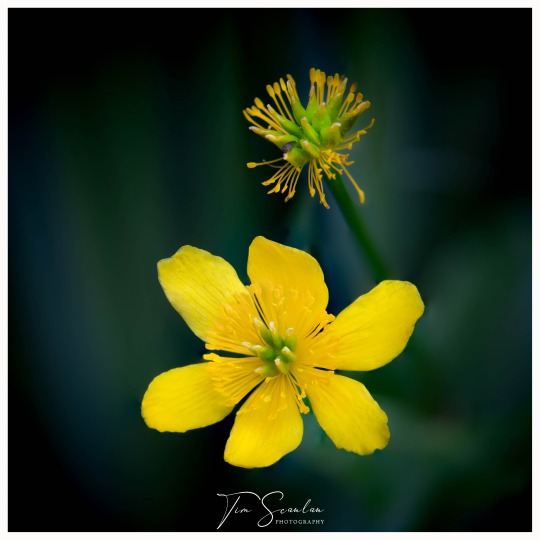
Water Crowfoot (Ranunculus aquatilis) by Tim Scanlan Photography
2 notes
·
View notes
Video
Some shrimp on Crossaster papposus by Alexander Semenov
#shrimp#crustacea#crustacean#crossaster#papposus#star#starfish#under water#underwatermacro#underwaterphoto#Aquatilis#Aquatilis Expedition#white sea#flickr#pink#marine life#beauty#magnificent
1 note
·
View note
Text
Ophelia's garden
Act 4, scene 5

Act 4, scene 7

Rosemary (Salvia rosmarinus, formerly Rosmarinus officinalis). French: romarin. Different cultivars have different coloured flowers. I need to do more research to figure out what colour they would have been in 16th century England.
Pansy (Viola tricolor). French: pensée. Also called Johnny jump up and heartsease. It is the progenitor of the modern cultivated or garden pansy (Viola × wittrockiana), which didn't exist until the 19th century. The name came into English in the mid-15th century, pense, from Old French pensee, pencee "a pansy," literally "thought, remembrance".
Fennel (Foeniculum vulgare). French: fenouil. Probably not Florence fennel, which is the enormous bulb thing you find in the produce section that tastes like licorice flavoured celery. The Greek name for fennel is marathon. In Hesiod's Theogony, Prometheus steals the ember of fire from the gods in a hollow fennel stalk.
Columbine (Aquilegia). French: ancolie. This genus includes about 60 species; I suspect Shakespeare meant Aquilegia vulgaris, which is native to Europe, including Great Britain. Also called granny's bonnet and granny's nightcap.
Rue (Ruta graveolens). French: rue. Also called herb of grace. The refined oil of rue was cited by Pliny the Elder as an abortifacient (which it is, apparently). It can cause horrible burns if you get it on your skin and then go in the sun. But it's also used in cooking!
Daisy. Did Shakespeare mean the common daisy (Bellis perenni)? French: pâquerette, petite marguerite. To distinguish this species from other plants known as daisies, it is sometimes qualified as common daisy, lawn daisy or English daisy. Or did he mean the ox-eye daisy (Leucanthemum vulgare)? French: marguerite. Both seem to be native.
Crowflower. According to Kew Gardens, "opinion is split over which plant the crowflowers refer to in Ophelia's garland. Some believe that Shakespeare is referring to the white water-crowfoot (Ranunculus aquatilis) [French: renoncule aquatique], while others argue that it is the ragged robin (Lychnis flos-cuculi) [French: Lychnide fleur de coucou, œillet des prés]."
Nettle (French: ortie) can refer "to plants with stinging hairs, particularly those of the genus Urtica. It can also refer to plants which resemble Urtica". The list of all the different plants that are called nettles is long. I'm not even gonna try to figure this one out.
Long purple: Commonly thought to refer to early-purple orchids (Orchis mascula, French: orchis mâle, satyrion mâle or herbe à la couleuvre) but nobody really knows.
1 note
·
View note
Note
I wish SH MonsterArts figures of Godzilla Aquatilis, Amphibia and Terrestris. Because, in my opinion, the original figures looks like bootleg figures. In my opinion.
Are you sure those were S.H. Monsterart figures and not from the Bandai Movie Monster Series? Because I'm on the official S.H. site and I'm not seeing any Singular Point figures besides Goji Ultima, Rodan and Jet Jaguar.
4 notes
·
View notes
Photo







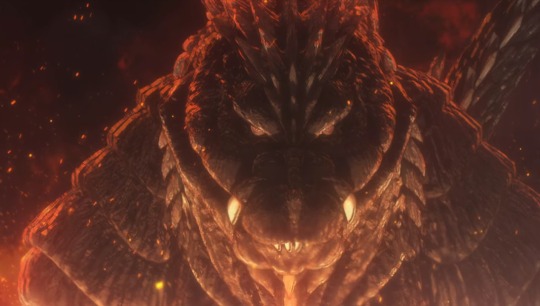

A mutated creature of endless suffering and constant mutation, crushed beneath a traumatic history and thirst for vengeance not even its own, unrelentingly trudging forward with an unearthly air disconnected from its own agony and pain, any intelligence or sentience mere glimmers or terrifying implications under the lifeless hulk of a charred carcass that threatens to blossom into something almost divine in its horrifying evolution...
VS
A malicious and intelligent predator of the higher dimensions, a singular will of paramount destruction, dipping down to the lower realms and manifesting through many facets and forms, pushing its agenda through evolutionary stages as well as previous skeletal corpses, creating its ultimate form in our perceptual space as it rewrites time and space around it, dragging countless other monsters and creatures in the wake of its momentum...
#Shin Godzilla#Godzilla Singular Point#Godzilla Ultima#Godzilla Amphibia#godzilla terrestris#Godzilla Aquatilis#I'm fixating today don't mind me
80 notes
·
View notes
Text
copying charlie and turning all MY favorite movies into latin. i love canis dies postmeridianus. i love vita aquatilis. i love musicus in tecto. i love nox ad museum
#to be clear im implying the nominative of museum is museus so that’s why it’s the same i do know my tenses.#samael speaks
2 notes
·
View notes
